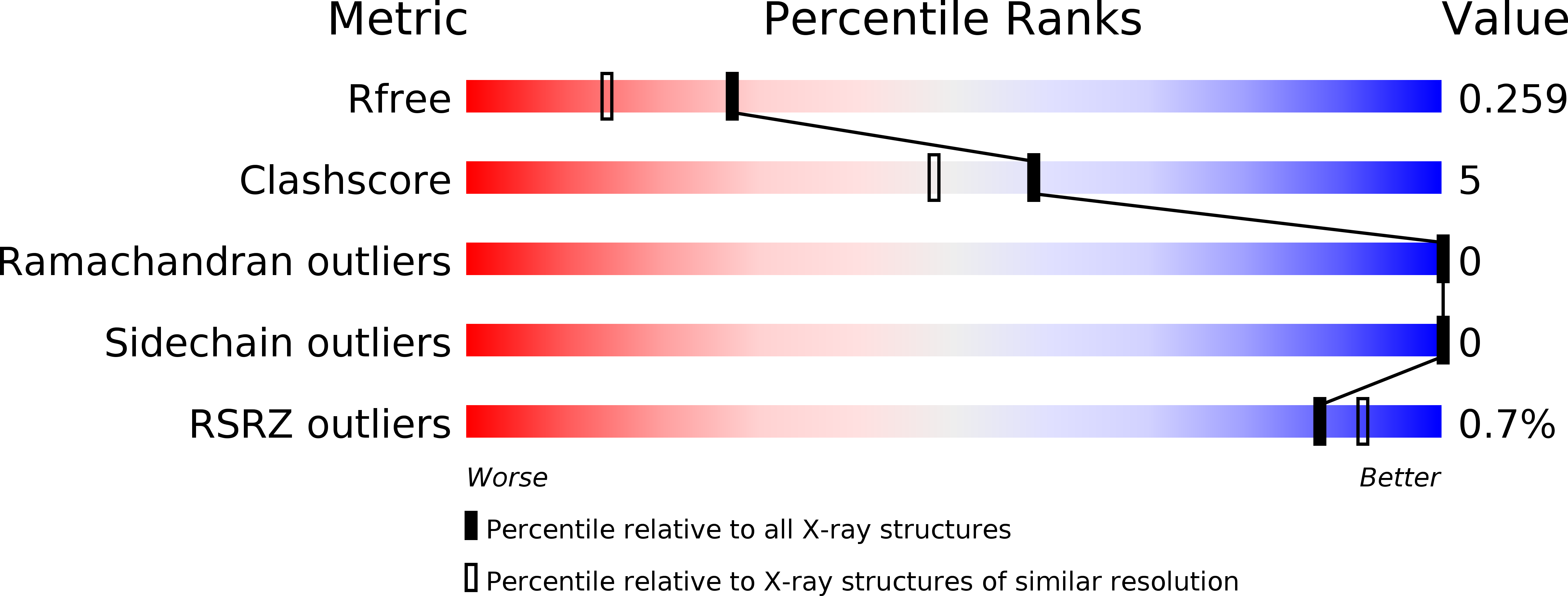
Deposition Date
2012-11-26
Release Date
2013-02-27
Last Version Date
2024-02-28
Entry Detail
Biological Source:
Source Organism:
Pseudomonas aeruginosa (Taxon ID: 287)
Host Organism:
Method Details:
Experimental Method:
Resolution:
1.95 Å
R-Value Free:
0.25
R-Value Work:
0.20
Space Group:
P 32 1 2


